5 Most Popular Fruit Bearing Trees and Their Benefits
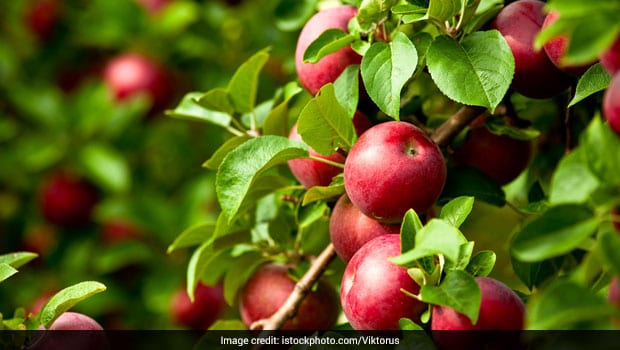
It good to know about these wonderful resources that provide us with some of the most delicious fruits that we enjoy almost daily. Not only to these fruits add sweetness to our day, they also offer a host of health benefits with their healing qualities. Have a look.
1. Java Plum Tree or Jamun Tree
The Java Plum is an evergreen tropical tree which typically originated in India and is also grown in other Southeast countries like Pakistan, Nepal, Bangladesh, Indonesia and Sri Lanka. The tree is known to live for about a 100 years. Java Plum commonly known as Jamun is a substantial berry generally oval and elongated with a tarty flavour. The fruit is initially green in color but it tends to change colour as it ripens. Its deep colour is known to turn the tongue purple. The best season to enjoy jamun is in the months of May and June. The fruit is known to be a natural blood purifier since it is rich in iron. It helps to control high blood pressure levels. It is also rich in Vitamin and Vitamin C and therefore, is known to be great for your skin.
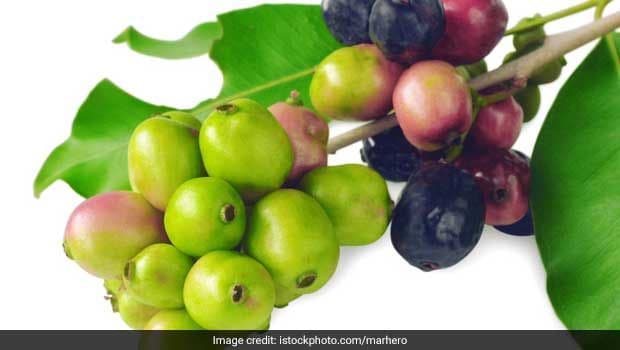
The jamun tree is known to live for about a 100 years.
2. Sapodilla Tree (Chikoo)
The sapodilla fruit tree is known to have originated in Mexico but is grown in abundance in India. You will find them all along Jammu to Dehradun and the Shivalik hill. Sapota or chikoo appears twice a year i.e from January to February and May to June. The yellow leaves of the tree are often used to make natural medicines that cure cough and cold. Sapotas are not very vibrant and appealing to the eyes but are extremely delicious and sweet much like the taste of brown sugar. The fruit has a grainy flesh containing black glossy seeds. Sapota seed oil is best used for damaged hair and dry scalp.
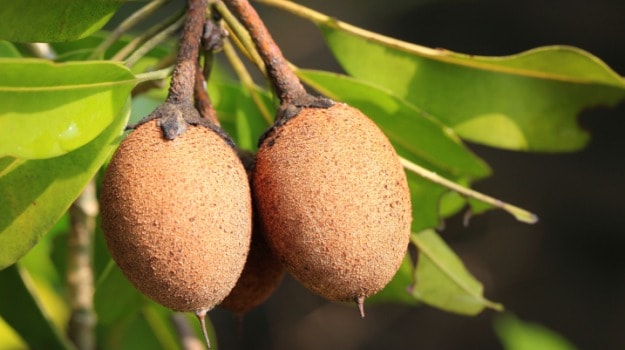
The sapodilla fruit tree is known to have originated in Mexico. Photo Credit: Istock
3. Indian Gooseberry (Amla)
Indian Gooseberry is a tree originating in India. They grow in dry areas along the Western and Eastern ghats and mostly prosper in northern states like Jammu and Kashmir, Himachal Pradesh, and Uttrakhand. The citrus fruit is prized for its healing qualities in Ayurveda and it is one of the best sources of Vitamin C. Amla comes in varying shade of yellow, green and sometimes orangish-red. They’re in acidic and supremely astringent in taste. They also contain calcium and chromium which is known to be good for diabetics.
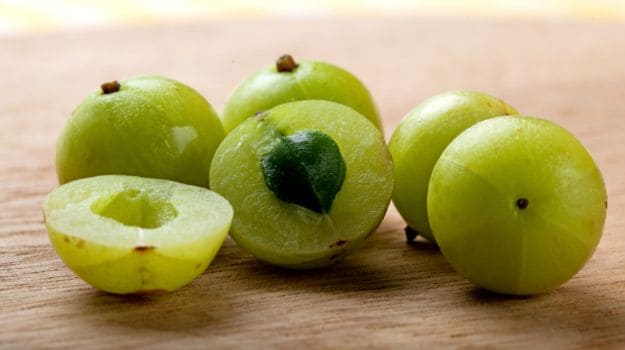 Indian Gooseberry is a tree originating in India. Photo Credit: Istock
Indian Gooseberry is a tree originating in India. Photo Credit: Istock
4. Aegle Marmelos Tree (Bael)
Aegle Marmelos is native to India and is locally known as Bael. It is considered to be a holy tree and the leaves are used to worship Lord Shiva. It bears a a pear-shaped yellow fruit. They are available in the month of February through May. Bael tastes somewhat like a papaya. It is a mix of sweet and sour flavours. Fresh Bael leaves are used to add aroma to curries and dried bael leaves are used to make flavourful spices. Bael oil is often used a remedy for ear infections.
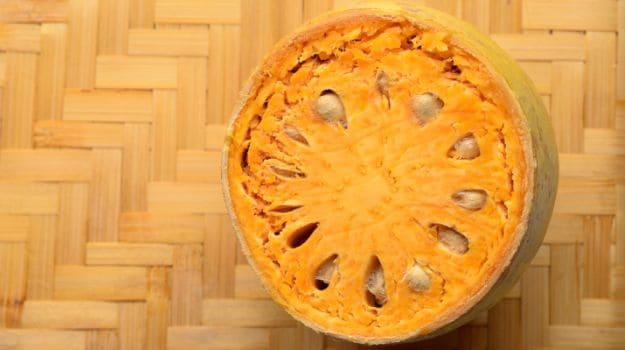 Fresh Bael leaves are used to add aroma to curries. Photo Credit: Istock
Fresh Bael leaves are used to add aroma to curries. Photo Credit: Istock
5. Phalsa Tree
Phalsa or falsa is a tropical tree that bears a berry-like fruit that is purple in colour and has a sweet taste, Small as a seed yet delightfully sweet with an offset astringent and acidic flavour, it often used to make the famous phalse ka sherbet. It is available between April and June. Phalsa acts as a coolant in the midst of the searing summer. The leaves of the tree are known for their antibacterial properties.
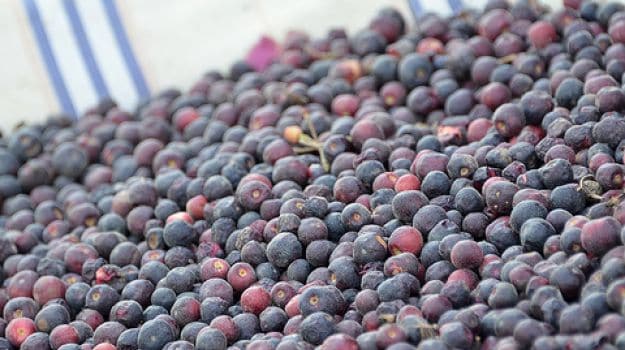
Phalsa or falsa is a tropical tree that bears a berry-like fruit. Photo Credit: Istock
If you haven’t tried any of these delicious and super-healthy fruits yet, it’s never to late. Some of them are available all year round, while for the others you will have to wait for the fresh seasonal produce.



